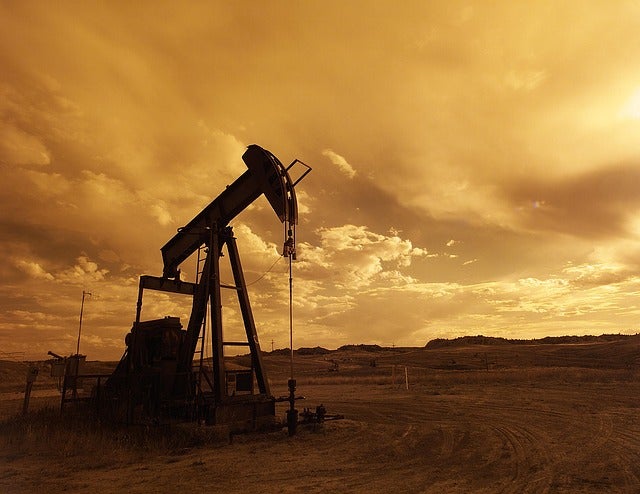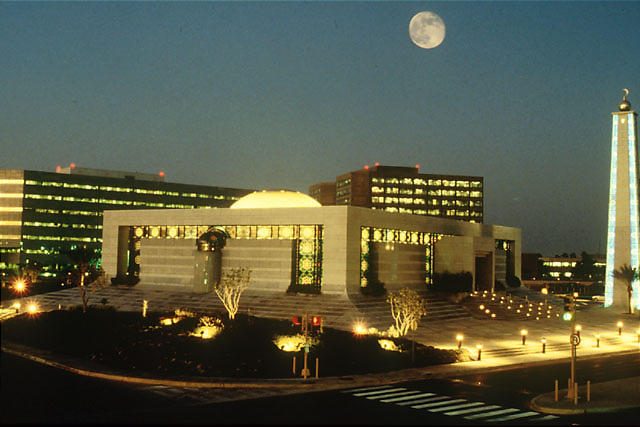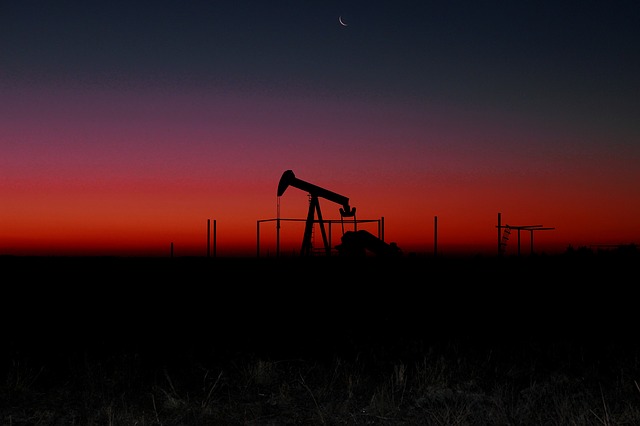
Known as black gold for the value it holds, crude oil is processed into petrol, diesel and a range of petrochemicals with multiple uses reaching deep into daily life.
As of the end of 2018, the Middle East holds 836.1 thousand million barrels out of the world’s total proved reserves of 1729.7 thousand million barrels of oil, according to the BP Statistical Review of World Energy 2019.
The region holds 48.3% of the total proved reserves on the planet. It hosts five of the world’s largest oil fields that include the Ghawar and the Safaniya fields in Saudi Arabia, the Burgan field in Kuwait, and Iraq’s West Qurna-2 and Rumaila oil fields.
Some of the Middle East’s companies are also among the world’s biggest oil and producers. Industry giants include Saudi Arabia’s national oil company, Saudi Aramco, Kuwait’s national oil company Kuwait Petroleum Corporation and National Iranian Oil Co (NIOC).
Based in Dhahran, Saudi Arabia, Saudi Aramco is engaged in the exploration, production, refining, distribution, and marketing of oil and gas. Kuwait Petroleum Corporation was founded in 1980 to manage Kuwait’s diversified oil interests.
NS Energy profiles the countries with the biggest oil reserves in the Middle East:
Saudi Arabia
Saudi Arabia holds the biggest oil reserves in the Middle East, at 297.7 thousand million barrels in 2018. The kingdom has 17.2% of the world’s total proved oil reserves and ranks second among the countries with the largest oil reserves, just behind Venezuela.
The country is also the largest exporter of petroleum, as per the Organisation of the Petroleum Exporting Countries (OPEC).
Some of the major oil fields in Saudi Arabia are the onshore Ghawar Field, which has been in production since 1951, the offshore Safaniya Oil Field, which has been producing since 1957, and the onshore Shaybah Field, which was brought on stream in 1998.
The Ghawar Field is also considered to be the largest conventional oil field in the world. It is operated by Saudi Aramco, Saudi Arabia’s national oil company.

Iran
With 155.6 thousand million barrels in 2018, Iran holds the second-biggest oil reserves in the Middle East. The country has 9% of the world’s total proved oil reserves. It is ranked fourth globally among the countries with the largest oil reserves, behind Venezuela, Saudi Arabia, and Canada.
Major oil fields in Iran include the Marun oil field, the Ahvaz field, the Gachsaran field, the Aghajari field, and the Esfandiar field. Located in the Khuzestan province of Iran, the Marun field is estimated to contain recoverable oil reserves of 22 billion barrels making it one of the world’s biggest onshore oil fields. It was brought on stream in 1966.
The onshore Ahvaz field in the Khuzestan region is considered to be among the three largest oil fields in the world in terms of production. Ahvaz, which is owned by National Iranian Oil Company (NIOC), and operated by National Iranian South Oil Company (NISOC), has been in production since 1954.
Iraq
Iraq takes third spot in the list of countries with the biggest oil reserves in the Middle East, with 147.2 thousand million barrels in 2018. The country produces nearly 90% of its crude oil from onshore oil fields in the southern part of the country.
The cities of Basra, Baghdad, and Ramadi hold much of the country’s reserves and, according to World Bank, Iran needs an annual investment of $1bn (£760m) to continue its current oil production rate.
The country operates the world’s third-largest producing field, Rumaila, which is estimated to have around 17 billion barrels of recoverable oil remaining.
Iraq also operates the Majnoon field, located in southern Iraq. This field is claimed to be among the richest oil fields in the world, with oil reserves of 23 to 25 billion barrels and proven reserves of 12.8 billion barrels of oil.

Kuwait
Kuwait, despite being a small country, is a significant contributor to the world’s oil reserves, and the fourth biggest in terms of oil reserves in the Middle East. These stood at 101.5 thousand million barrels in 2018.
As the third oil producer among OPEC countries, the country holds 8% of the global oil reserves.
Development is underway for the Ratqa oil field, which is located in the northern part of the country. The field is expected to contribute to the company’s aim to have a production capacity of four million barrels of oil per day (bopd) by 2020.
Said to be the world’s second-largest oil field, the Burgan field in the south of Kuwait has a capacity to produce as much as 1.7 million barrels per day (b/d). Kuwait has been producing from the field since 1938.
Kuwait Oil Company plans to invest in the Greater Burgan to boost the capacity through enhanced oil recovery methods such as injection of seawater and carbon dioxide
The country also produces crude oil from Wafra oilfield is located within the Onshore Partitioned Neutral Zone (PZ) in the southern part of Kuwait.
The Wafra oilfield, which covers an area of around 5,000km², comprises four more discoveries including South Fuwaris, South Umm-Gudair, Humma, and Arq.
UAE
The United Arab Emirates (UAE), which is among the world’s 10 largest oil producers, is the fifth largest country in terms of oil reserves at 97.8 thousand million barrels in 2018.
A member OPEC and the Gas Exporting Countries Forum (GECF), the country operates several crude oil streams, including the Murban, which is the country’s primary export stream. More than 90% of the UAE reserves are held in Abu Dhabi, followed by Dubai and Sharjah.
One of the country’s major fields includes the Upper Zakum Oilfield located approximately 84km north-west off the Abu Dhabi islands.
The field, which currently produces 640,000 barrels of oil a day (bpd), has an estimated 50 billion barrels of oil reserves.






